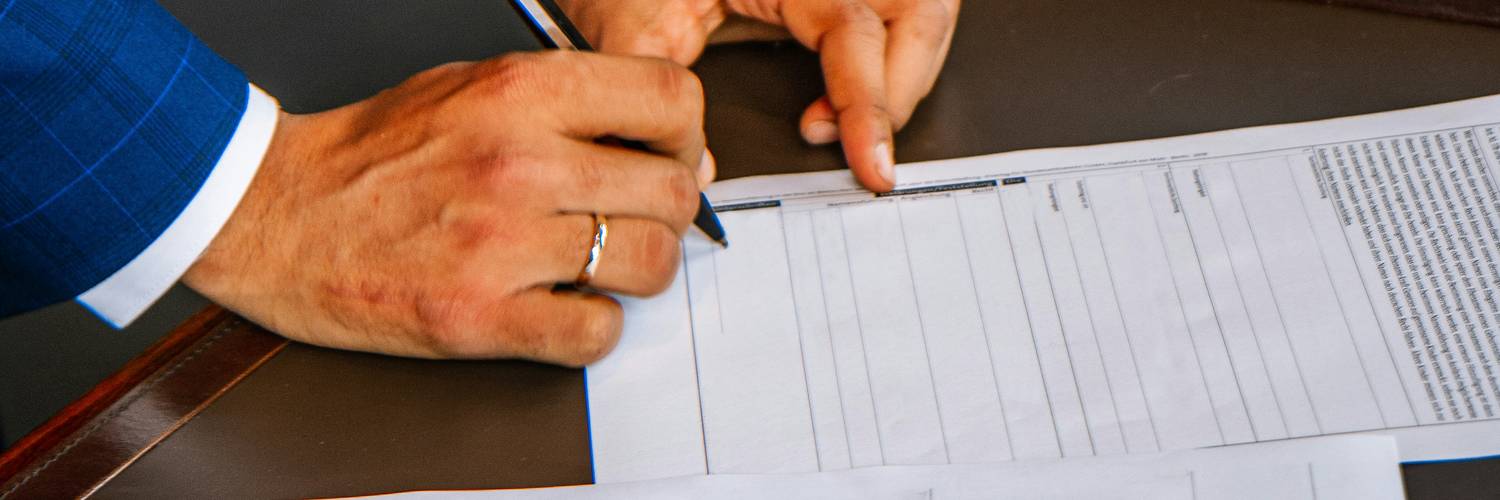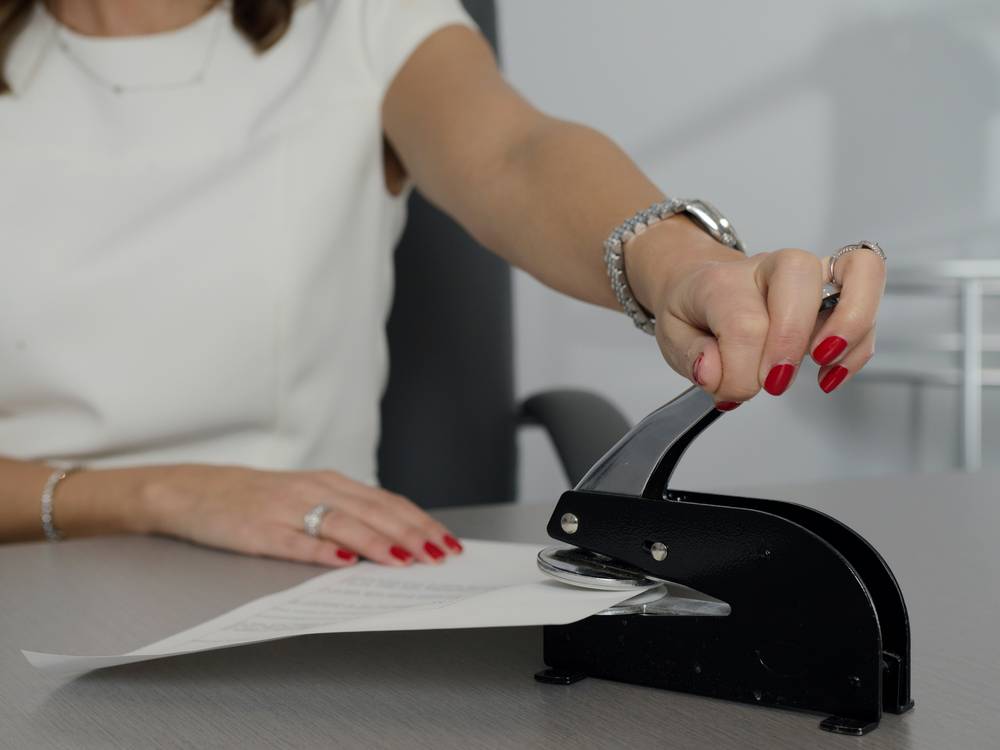Filing for Divorce in California Without a Lawyer
Learn how to manage every step of a California DIY divorce—from the first petition to final judgment—while avoiding the most common missteps that derail self-represented cases.

More than half of California divorce litigants represent themselves, saving thousands in attorney fees while retaining full control over timelines and settlement terms. Yet “going it alone” also means you must master court forms, strict service rules, and a six-month waiting period without the safety net of professional guidance. This guide breaks down each requirement into plain-language steps—so you can file, serve, disclose finances, and finalize judgment with confidence. Throughout, we flag red-alert issues that typically require limited-scope or full attorney assistance, helping you avoid costly do-overs.
Pros vs. Cons
- Save Money: Filing fees only.
- Full Control: Set your own pace.
- Privacy: No third-party fees & emails.
- Risk of Rejection: Clerks bounce incomplete forms.
- Hidden Costs: Missed assets or tax traps.
- Stress Factor: You handle every detail.
1. Who Can File Without a Lawyer?
California’s Family Code imposes no attorney requirement—any spouse who meets the six-month state residency and three-month county residency rule may file pro per. Doing so works best when the divorce is uncontested, property is limited to wage-earned savings, and both parties communicate civilly. DIY can falter when businesses, retirement pensions, or domestic violence restraining orders enter the mix. If you suspect hidden income or face complex child-custody issues, consider at least a limited-scope consultation. Otherwise, collect this guide’s checklist items and proceed confidently; the courts provide self-help centers precisely because self-representation is common.
2. Step-by-Step Roadmap to a California DIY Divorce
Below is an eight-step overview. Click any stage to open a deeper resource page.
- Confirm county venue and download the latest Judicial Council forms.
- Complete FL-100 (Petition) and FL-110 (Summons).
- File at the clerk window or e-file portal; pay the $435–$450 fee or file FW-001 for a waiver.
- Serve the packet within 60 days—see divorce paperwork checklist.
- Exchange financial disclosures (FL-140, FL-142, FL-150).
- Request temporary orders if needed via RFO hearing.
- Negotiate a settlement or attend mediation; draft a Marital Settlement Agreement.
- File your judgment packet (FL-180) and wait for the clerk’s approval.
3. Required Forms and When to File Them
California’s mandatory forms can feel alphabet-soup-ish, but grouping them by filing phase keeps things manageable:
- Filing Phase: FL-100, FL-110, local case cover sheet.
- Service Phase: FL-115 (Proof of Service) or FL-117 if spouse signs a Notice & Acknowledgment of Receipt.
- Response Phase: FL-120 (Response) for the other spouse.
- Disclosure Phase: FL-140, FL-142, FL-150.
- Final Judgment: FL-180 plus attachments (child-custody orders, support orders, property division).
| Aspect | DIY | Hiring Attorney |
|---|---|---|
| Typical Cost | $435–$450 filing fee | $5 000–$20 000 retainers |
| Time Investment | High (you draft & serve) | Moderate (lawyer drafts) |
| Control Over Decisions | 100 % | Shared with counsel |
| Stress Level | Can be high during hearings | Lower—lawyer speaks |
| Error Risk | Missed forms = rejection | Professional review |
4. Serving Papers Properly
You have 60 days from filing to serve the initial petition. Service must be completed by a neutral adult—not you—and can be personal hand-delivery or first-class mail with a signed Notice & Acknowledgment. For spouses who dodge service, hire a registered process server who can file a declaration of diligence. Out-of-state service follows long-arm rules and often requires certified mail with return receipt. Whatever method you choose, file FL-115 promptly; without it, your case stalls. If you anticipate issues, calendaring apps like CourtAlert send reminders well before the 60-day mark.

5. Navigating Court Windows and E-Filing
Most Superior Courts accept both in-person and electronic filings. In-person, bring two hole-punched copies—clerks reject top-bound originals—and separate checks for filing fees and court reporters’ trust accounts where required. For e-filing, PDFs over 25 MB bounce automatically; split large attachments. Common rejection reasons include unsigned forms, missing ZIP codes, and incorrect party names (they must match the petition exactly). Fee waivers (FW-001 and FW-003) save $435+ for litigants who meet income thresholds; attach pay stubs or state benefits letters as proof. Always wait for a conformed copy with the “Filed” stamp before serving; provisional e-file receipts are not enough.
6. How to Prepare for Your Hearing
Your first appearance—often a Request for Order (RFO) on temporary custody or support—usually lasts 10–20 minutes. Bring three hole-punched copies of each pleading, an updated FL-150, and any exhibits such as bank statements or school calendars. Use a three-ring binder with color-coded tabs: A for pleadings, B for served copies, C for exhibits. Arrive 30 minutes early for security screening; leave children at home as family courtrooms rarely admit minors. Dress professionally, silence your phone, and rehearse a two-minute summary of your requested orders. For deeper preparation, visit our first hearing guide.
7. Common Pitfalls and Delays
DIY filers most often falter by skipping the preliminary financial disclosure—judges cannot grant judgments without FL-140, FL-142, and FL-150 on file. Other delays include inaccurate service proof, pension joinder omissions, or leaving the Judgment face sheet (FL-180) unsigned by both spouses. Clerks also reject packets missing local county attachments, such as Los Angeles’ Family Law Case Cover Sheet. Prevent hold-ups by cross-checking each item against our paperwork checklist before filing.
8. Where to Find Free Help
Every California county hosts a Family Law Facilitator who reviews forms at no cost. Many superior court law libraries run monthly workshops on completing FL-100 and FL-120. Legal-aid organizations—search on our upcoming legal-aid directory—offer pro bono consultations for low-income litigants. Remote options, such as JusticeDirect or LawHelpCA chat, provide after-hours form checks. Bookmark our resources page for direct links.
9. When to Consider Hiring Counsel
Certain scenarios push beyond DIY comfort: complex business valuations, military pensions, contested custody, immigration status impacts, or suspected hidden assets. In these cases, hiring a full-service or limited-scope attorney can prevent irreversible errors. You might outsource just the QDRO for dividing a 401(k), or bring counsel to a high-conflict custody trial while self-handling paperwork. Our custody & support guide explains court expectations, helping you judge whether professional representation is prudent.
Frequently Asked Questions
Quick Reference Checklist
Documents to Gather
- Government-issued photo ID
- Most recent pay stubs (2 months)
- Last three years tax returns
- Mortgage or lease statements
- Vehicle titles & loan payoff letters
- Retirement account statements
- Child-care and health-insurance receipts
- Credit-card statements 12 months
Key Deadlines
- Serve petition within 60 days of filing
- Respondent files FL-120 within 30 days
- Exchange preliminary disclosures 60 days
- File proof of service immediately after delivery
- Six-month statutory waiting period
- Submit judgment packet anytime after disclosures
- Schedule status conference if case exceeds 12 months
Ready for the next step? Explore property division basics, complete your financial disclosures, or learn how to modify support later.
Filing your own divorce is hard work, but thousands of Californians succeed every year. Keep this guide handy, cross-check every form, and lean on self-help centers when questions arise. Our step-by-step resources on process, paperwork, and support calculators will be here whenever you need them.